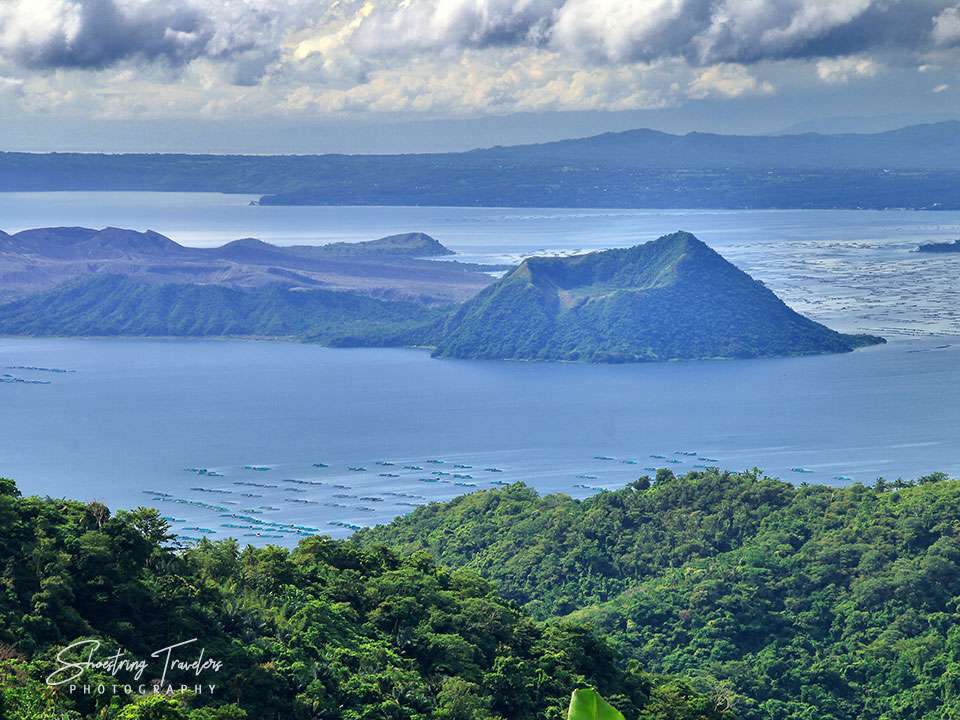

Cavite, officially the Province of Cavite, is a province in the Philippines located in the Calabarzon region in Luzon. Located on the southern shores of Manila Bay and southwest of Manila, it is one of the most industrialized and fastest-growing provinces in the Philippines. As of 2020, it has a population of 4,344,829, making it the most populated province in the country if the independent cities of Cebu are excluded from Cebu's population figure.
The de facto capital and seat of the government of the province is Trece Martires, although Imus is the official (de jure) capital while the City of Dasmariñas is the largest city in the province.
For over 300 years, the province played an important role in both the country's colonial past and eventual fight for independence, earning it the title "Historical Capital of the Philippines". It became the cradle of the Philippine Revolution, which led to the renouncement of Spanish colonial control, finally culminating in the Philippine Declaration of Independence on June 12, 1898 in Kawit. The old provincial capital, Cavite City also hosted docks for the Manila galleon, becoming an essential part of commerce between Asia and Latin America.
Originally an agricultural province, its northern cities of Bacoor, Imus, and Dasmariñas (with a combined population of 1,864,560 at the 2020 Census) are now suburbs of Manila due to increasing urbanization in the late 20th century. This province forms part of the Greater Manila Area.
The name "Cavite" comes from the Hispanicized form of kawit (alternatively kalawit), Tagalog for "hook", in reference to the small hook-shaped peninsula jutting out to Manila Bay. The name originally applied to the peninsula, Cavite La Punta (now Cavite City) and the adjacent lowland coastal area of Cavite Viejo (now Kawit, reverting to the original native spelling). The peninsula was also known in the pre-colonial era as Tangway, from Tagalog for "peninsula".
Edmund Roberts, in his 1821 memoir, stated that the "natives" called it Caveit due to the "crooked point of land extending into the sea".
The present Cavite City was once a mooring place for Chinese junks that came to trade with the settlements around Manila Bay. The land was formerly known as "Tangway". Archeological evidence in coastal areas shows prehistorical settlements.
Before the arrival of the Spaniards in the Philippines, Cavite was already a significant area of interest for foreign merchants and traders. The colonizers arriving in the late 16th century found importance to the unique tongue of land thrust and deep waters into Manila Bay. They perceived its value to become the main staging ground where they could launch their bulky galleons and later became the most important port linking the colony to the outside world through Manila-Acapulco Galleon Trade. Cavite became one of the significant areas of influence during the Spanish times.
The present location of Cavite City, formerly known as Tangway, played an essential part in trade with the settlements around Manila Bay, wherein it was considered the mooring place for Chinese junks. In 1571, Spanish colonizers established the port in the said area. They also fortified the settlement as the first line of defense for the city of Manila. Ships were built and fitted at the port. Many Chinese merchants settled in Bacoor and Kawit, which are opposite the Spanish town, to trade silks, porcelain, and other oriental goods. The vibrant mix of traders, Spanish seamen, and residents gave rise to the use of pidgin Spanish called Chabacano. However, Cavite labor, conscripted through polo or forced labor, bore the brunt of the burden in cutting and hauling timber from the mountains to the shipyards at Cavite el Puerto. Thus, behind each galleon built that gave huge earnings to highly placed Spaniards in Manila was a tale of woes and sacrifices of Caviteños who welcomed the outbreak of the revolution.
In 1614, the politico-military jurisdiction of Cavite was established. It covers all the present territory of Cavite except for the town of Maragondon. Maragondon used to belong to the Corregimiento of Mariveles. In 1660, exiled Christians brought by the Jesuits from Mollucas established a settlement within Maragondon. This land was named Ternate after their homeland. Mariveles ceded Maragondon to Cavite in 1754 when it gained independence from Pampanga.
Considering that Cavite was a valuable asset due to its military importance, Cavite was attacked by foreigners in their quest to conquer Manila and the Philippines. In 1647, the Dutch unsuccessfully made a surprise attack on the city, pounding the port ceaselessly. Moreover, the British defeated the Spaniards and occupied the port in 1672 during their two-year interregnum in the Philippines. These events sparked an idea to the Caviteños the possibility of overthrowing Spanish rule and be at the forefront of the Philippine Revolution against Spain.
What is now Cavite City was once a mooring place for Chinese junks trading that came to trade with the settlements around Manila Bay. In 1571, Spanish colonizers founded the port and city of Cavite and fortified the settlement as a first line of defense for the city of Manila. Galleons were built and fitted at the port and many Chinese merchants settled in the communities of Bacoor and Kawit, opposite the Spanish city to trade silks, porcelain and other Oriental goods. The vibrant mix of traders, Spanish seamen and local residents gave rise to the use of pidgin Spanish called chabacano.
The Philippine Revolution, carried by Indios (indigenous people), was the first successful revolution by brown people in history. Parenthetically, it was a revolution with a distinct Caviteño accent.
Before the outbreak of the revolution, friars from Spain acquired vast haciendas in Cavite, constituting more than a quarter of total friar land holdings in the Philippines. These haciendas became the source of bitter agrarian conflicts between the friar orders and Filipino farmers that pushed several Caviteños to live as outlaws. This opposition to the friar orders was an important factor later in the country’s independence. Luis Parang led the agrarian revolt of 1828 and Eduardo Camerino in 1869. Parang and Camerino, the notorious bandits in the eyes of the government but patriots to their people, were under Father Mariano Gomez’s tutelage and became the preliminary groundwork of the Philippine Revolution in Cavite.
In 1872, a mutiny by disgruntled navy men in Cavite led to a large-scale crackdown of reformers and liberals. Three Filipino priests – Jose Burgos, Mariano Gomez, and Jacinto Zamora – were executed for alleged complicity in the mutiny of about 200 Filipino soldiers and workers in the Cavite arsenal. It has been described as “judicial murder … that shocked the Filipino people in nationhood, as did no other single event in the nineteenth century. Indeed, February 17, 1872, has been called the birthday of the Filipino nation.”
Prominent Caviteños were among the casualties of Cavite mutiny in 1872. Most notable were Carlos Aguinaldo, gobernadorcillo of Cavite el Viejo; Mariano Alvarez, founder of the Magdiwang Council of the Katipunan in Cavite; Jose Basa y Enriquez, a noted lawyer, educator, writer, and reformer; Silvestre Legazpi, general treasurer of the Revolutionary Government; and Emilio Aguinaldo.
The Philippine Revolution started in 1896, where Cavite took center stage as thousands of Katipuneros were liberated in most towns in Cavite. On September 12, 1896, thirteen prominent Caviteños, ten Freemasons, and three Katipuneros, were executed by a Spanish firing squad in Fort San Felipe, Cavite, due to the alleged connivance in the uprising. The execution of the thirteen influential Mile Long Barracks in Corregidor Islands Caviteños was aimed to halt the spread of upheaval that started in Cavite el Viejo (Kawit), San Francisco de Malabon (the City of Gen. Trias), and Noveleta. Conversely, all municipalities in Cavite took arms. After the battles of Binakayan and Calero on November 9 – 11, 1896, Spanish sovereignty in the province is terminated, except in Cavite Arsenal, the home base of the Spanish Far East Fleet.
The Cavite Mutiny of 1872 was the opening curt of the fray for the Filipino emancipation; however, the execution of the thirteen martyrs rang down the curtain for the Spanish regime in the Philippines.
The most prominent event in the history of the Philippines was the proclamation of Philippine independence on June 12, 1898, in Kawit. General Emilio Aguinaldo, as the president of the First Republic of the Philippines, proclaimed independence after a successful revolution by the Filipino people without any foreign aid. Aguinaldo then issued a manifesto on August 6, 1898, under the international law to secure the recognition of Philippine independence. He played a prominent and decisive role in the most significant chapter of the national history and its legacy as the first successful revolution in Asia.
The Americans established a civil government in the province in 1901. The naval station in Sangley Point became the principal American naval base in the country. As a consequence of the persistent struggles in Cavite between American forces and Filipino rebels, the province became depopulated, leading to ratification of Public Act No. 947 of 1901, reducing the municipalities of Cavite from 22 to nine.
During World War II, the Japanese targeted the naval base during the first wave of attacks on military installations in the Philippines. During the military conflicts and engagements against the Japanese occupation, the general headquarters of the Philippine Commonwealth Army, active from January 3, 1942, to June 30, 1946, and the 4th Constabulary Regiment of the Philippine Constabulary, active again on October 28, 1944, to June 3, 1946, was stationed in Cavite. Colonel Mariano Castañeda of the Philippine Constabulary, a native from Imus, Cavite, led the Filipino – American Cavite Guerilla Forces (FACGF) against Imperial Japanese occupation in an attempt to recapture Cavite. Moreover, Iglesia Filipina Catolica, the first Philippine independent church, was established by Riego de Dios in Maragondon in early 1900.
The Philippines regained independence on July 4, 1946, when America hauled down its flag, and the Philippines hoisted its own. The restoration of the Philippine independence was a boundless moral victory to the Filipinos and a great source of dignity to the Caviteños because Aguinaldo, as enunciated by Ferdinand Marcos, “mounded with his hands and watered with his blood the first Republic established by a brown people.”
For centennial years, Cavite has portrayed a significant part in the country’s colonial past and eventual fight for independence, gaining the title Historical Capital of the Philippines. Cavite and its people, what they are today, and what will be tomorrow, will remain with their infinity as a place with a glorious history, and people fortified with the strength to live and die for a worthy cause.
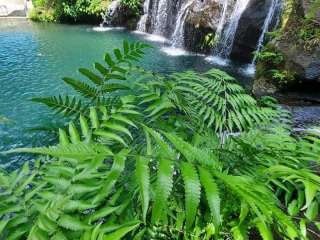
Located inside Iyong's Resort in Amadeo, Cavite, our main attraction is the famous Balite Falls, a natural waterfall with cool, ...
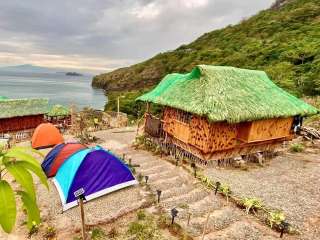
𝗟𝗼𝗼𝗸𝗶𝗻𝗴 𝗳𝗼𝗿 𝘁𝗵𝗲 𝗯𝗲𝘀𝘁 𝗽𝗹𝗮𝗰𝗲 𝗳𝗼𝗿 𝗴𝗮𝘁𝗵𝗲𝗿𝗶𝗻𝗴𝘀 𝗼𝗿 𝘄𝗲𝗲𝗸𝗲𝗻𝗱 𝗿𝗲𝘁𝗿𝗲𝗮𝘁𝘀❓ Find out why JAS Beach Hut & Viewpoint in Maragondon, ...
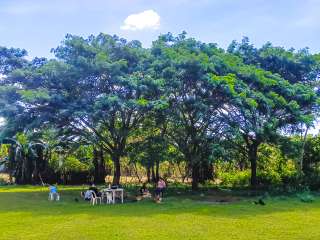
Naghahanap kaba ng RAW Camping at budget friendly na campsite sa Cavite? Dito lang yan sa Maragondon, Cavite Greener ...
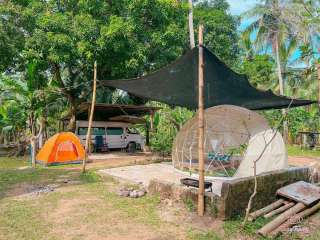
Paping's Glampsite Magallanes & Dasmariñas Cavite 20 Minutes away from Tagaytay Bagong bago ‘to! Very spacious yung unit and even ...
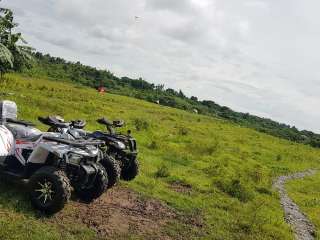
Home of the Maragondon ATV Club. A private camp inside the shade of passion fruit vines in Maragondon, Cavite.
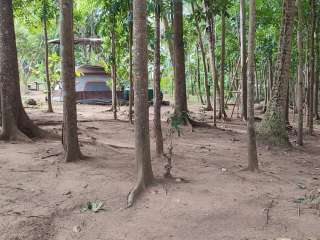
Sparadise Campsite is a campsite in Magallanes, Cavite that offers 2 Bedroom Tent Glamping with Inflatable Jacuzzi. ️Private and Exclusive ...
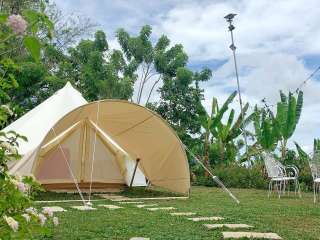
Julio Organico is a simple get away place in Silang, Cavite. It's a perfect venue for a healthy mix of ...
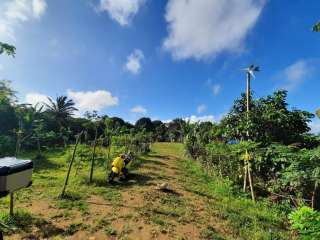
Affordable Camp site ba ang Hanap niyo??? Dito na kayo sa Wild Tuktuk River Camp ...Napa ka SOLID ng lugar... ...

A no-hike campsite near Tagaytay that has a spectacular view of Taal Lake/Volcano and the sunrise. Serves genuine Filipino comfort ...
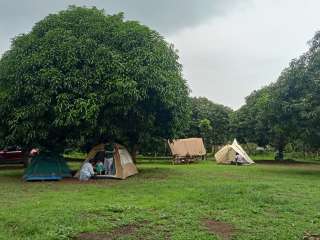
Camping site na may cafe' sa Dasma Cavite Ito na ata ang pinakamalapit na camping site near Metro Manila at ...
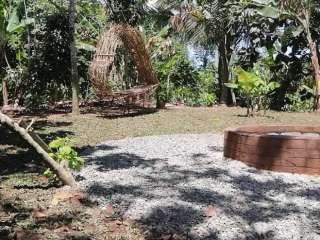
Camp Fidel is an exclusive campsite in Silang Cavite. Rates: ₱2500 - good for 4-6person (max of 6pax) Inclusions: Bahay ...
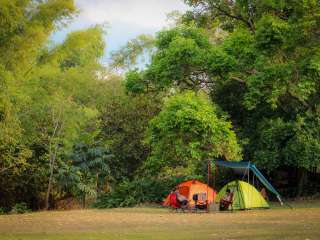
At Terra Verde Ecofarm, we offer 100% fresh, natural and safe food harvests. A perfect venue for educational tours, team ...
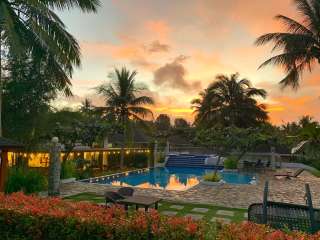
A laid-back bed and breakfast where one can experience comfort and serenity in the middle of lush forest and ...
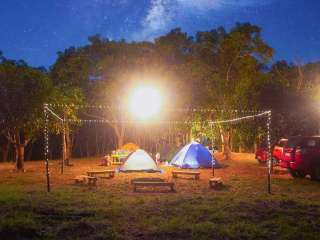
Magandang Araw Kaibigan! Welcome sa Virfran Camp Ground, a campsite located in Cavite! Upang maenjoy ang iyong Camping, basahin ang ...
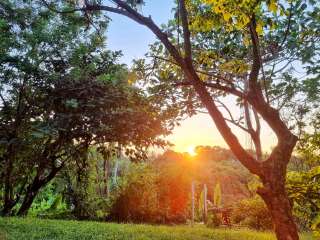
Bonne Rivière Nature Farm Resort is a private campsite, events place, and a river resort that caters to nature lovers ...
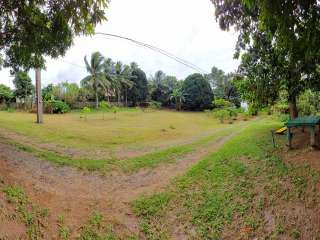
Experience the beauty of nature and have an unforgettable time at Camp Constancia. Rates: 50- pesos per head entrance fee ...
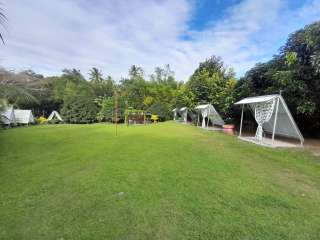
Camp with serene, cold-weather, child and pet-friendly in a family-run farm, a 20-minute drive from Tagaytay. Dine with Sophia's Dining ...
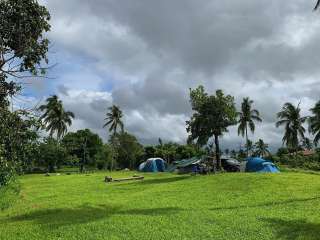
Driftwoods Action Park is an off-road sports and outdoor recreation venue. Driftwoods Action Park was established in 2014 bearing its ...